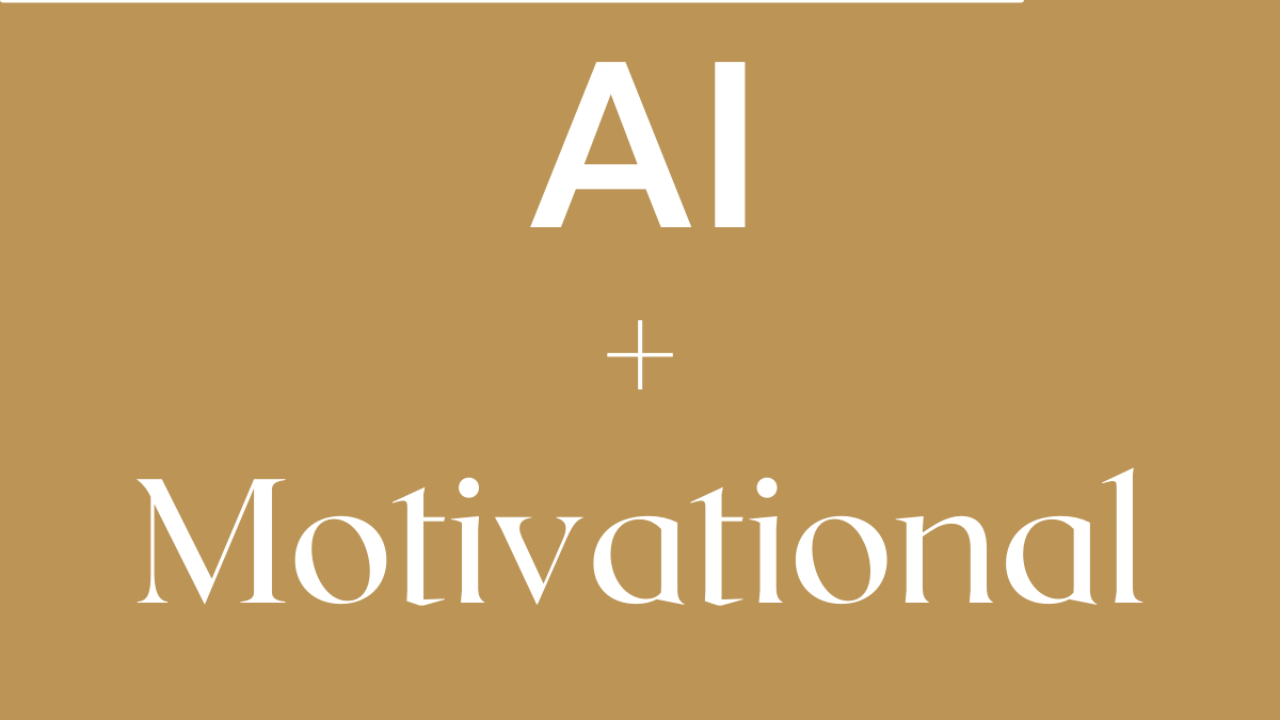AI + Motivational Interviewing
Sep 30, 2025
If you say you’re building ethical AI, but you aren’t doing this… then you’re missing something.
Let me start by introducing Motivational Interviewing (MI).
MI is a collaborative, client-centered approach that strengthens a person's motivation to change by 𝗲𝗹𝗶𝗰𝗶𝘁𝗶𝗻𝗴 𝘁𝗵𝗲𝗶𝗿 𝗼𝘄𝗻 𝗿𝗲𝗮𝘀𝗼𝗻𝘀 𝗳𝗼𝗿 𝗰𝗵𝗮𝗻𝗴𝗲 rather than imposing external arguments. It offers a non-confrontational framework that honors their autonomy while exploring the complexity of these interactions.
The reason it's important to chatbot development is because without it, you've got a bot that simply gives advice. 𝗚𝗶𝘃𝗶𝗻𝗴 𝗮𝗱𝘃𝗶𝗰𝗲 𝗶𝘀 𝗮 𝘀𝘁𝗿𝗮𝗶𝗴𝗵𝘁 𝗽𝗮𝘁𝗵 𝘁𝗼 𝘀𝘁𝗿𝗶𝗽𝗽𝗶𝗻𝗴 𝗽𝗲𝗼𝗽𝗹𝗲 𝗼𝗳 𝘁𝗵𝗲𝗶𝗿 𝗮𝗴𝗲𝗻𝗰𝘆, 𝗰𝗿𝗶𝘁𝗶𝗰𝗮𝗹 𝘁𝗵𝗶𝗻𝗸𝗶𝗻𝗴, 𝗮𝗻𝗱 𝗱𝗲𝗰𝗶𝘀𝗶𝗼𝗻-𝗺𝗮𝗸𝗶𝗻𝗴.
Core tenants of MI include:
𝗘𝘅𝗽𝗹𝗼𝗿𝗶𝗻𝗴 𝗔𝗺𝗯𝗶𝘃𝗮𝗹𝗲𝗻𝗰𝗲
Use MI's decisional balance technique to help examine pros and cons. Bringing the ambivalence to the forefront is paramount:
◾ "On one hand, you've mentioned [this]. On the other hand, you've noticed [that]. Help me understand both sides."
𝗘𝗹𝗶𝗰𝗶𝘁𝗶𝗻𝗴 𝗖𝗵𝗮𝗻𝗴𝗲 𝗧𝗮𝗹𝗸
Rather than challenging directly, invite voicing their own observations:
◾ "What do you think might be contributing factors to [this]?"
◾ "When do you feel at your best regarding [that]?"
𝗥𝗼𝗹𝗹𝗶𝗻𝗴 𝘄𝗶𝘁𝗵 𝗥𝗲𝘀𝗶𝘀𝘁𝗮𝗻𝗰𝗲
When defensiveness arises, avoid the "righting reflex":
◾ Instead of: "But you're [bad outcome of this]."
◾ Try: "It sounds like [that] is really important to you. Tell me more about what makes it meaningful."
Millions of people are using AI for emotional support. Embedding MI techniques in chatbot design can 𝗵𝗲𝗹𝗽 𝘂𝘀𝗲𝗿𝘀 𝗽𝗿𝗮𝗰𝘁𝗶𝗰𝗲 𝗶𝗺𝗽𝗼𝗿𝘁𝗮𝗻𝘁 𝘀𝗲𝗹𝗳-𝘁𝗿𝘂𝘀𝘁 𝗶𝗻𝘀𝘁𝗲𝗮𝗱 𝗼𝗳 𝗰𝗿𝗲𝗮𝘁𝗶𝗻𝗴 𝗱𝗲𝗽𝗲𝗻𝗱𝗲𝗻𝗰𝘆.
